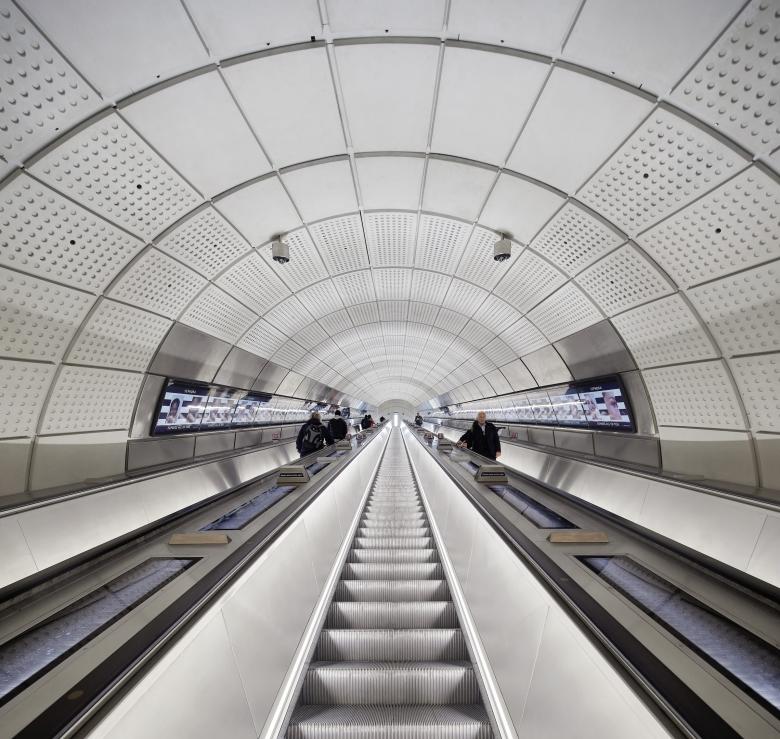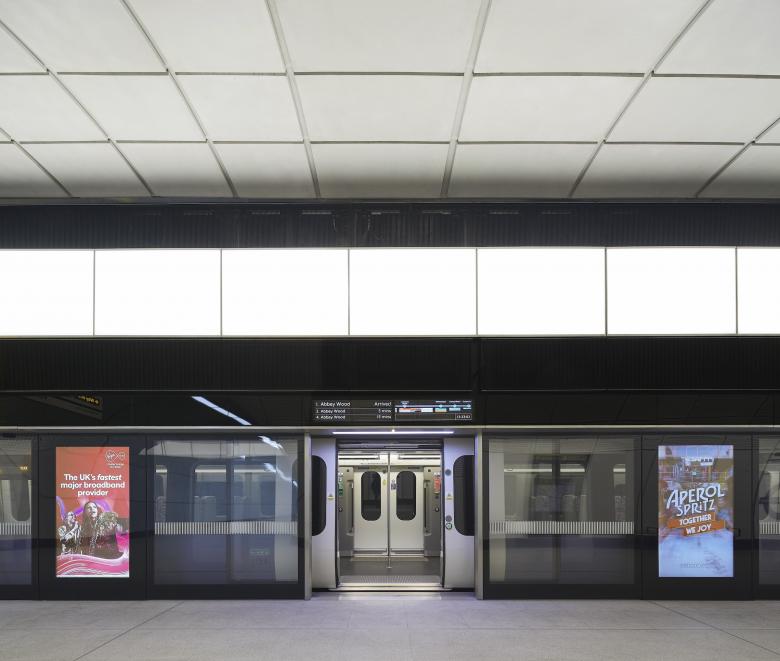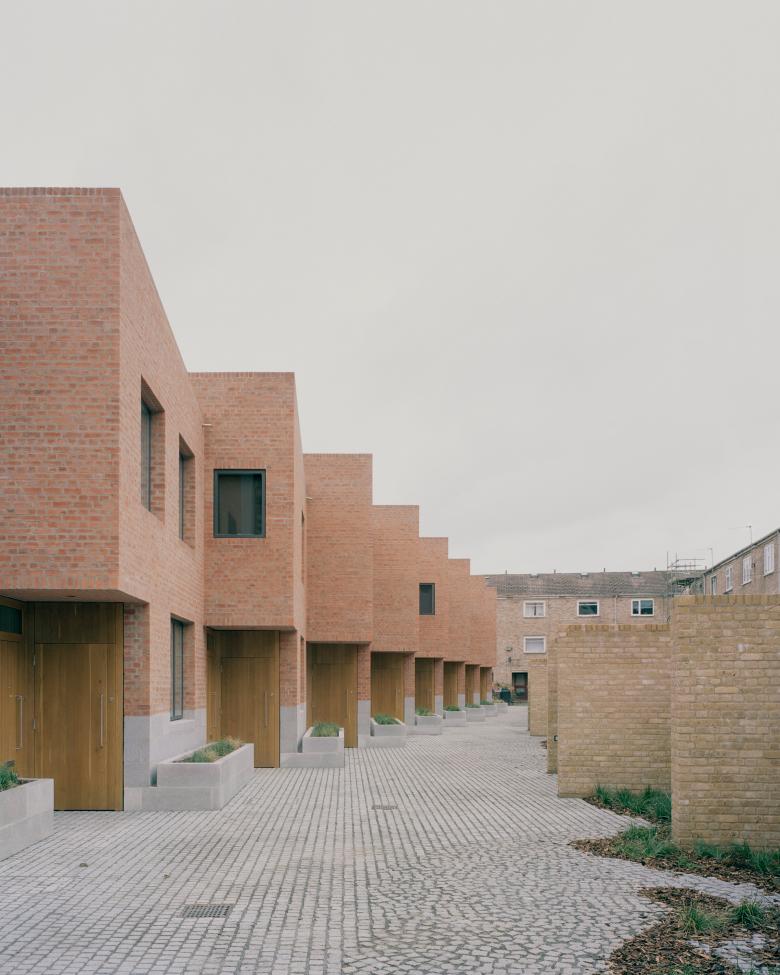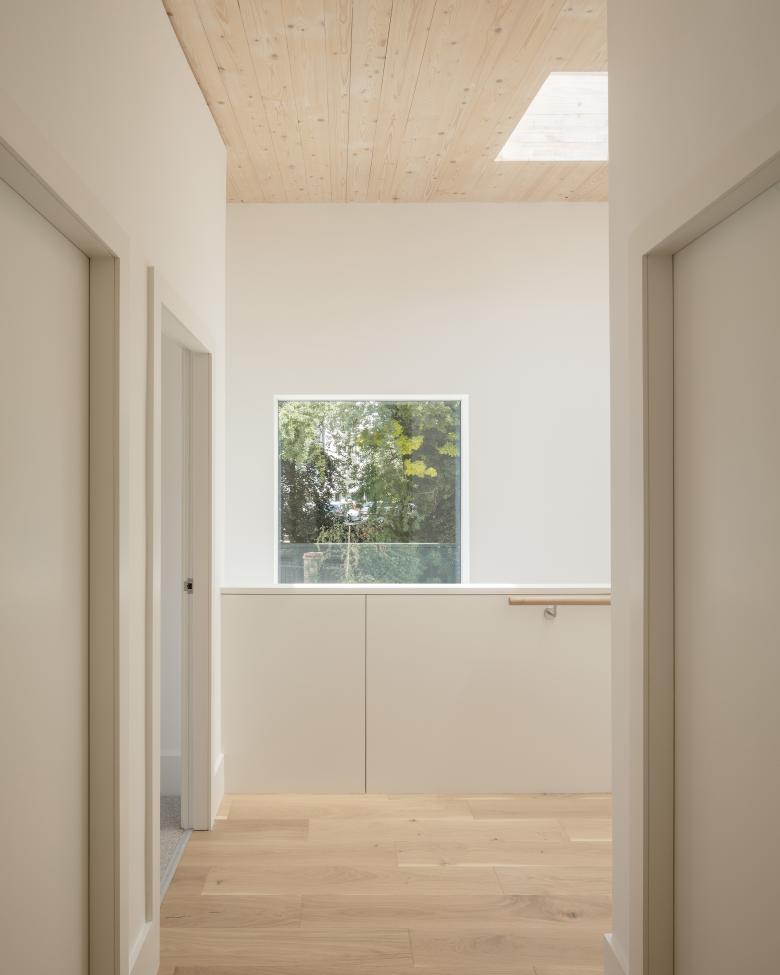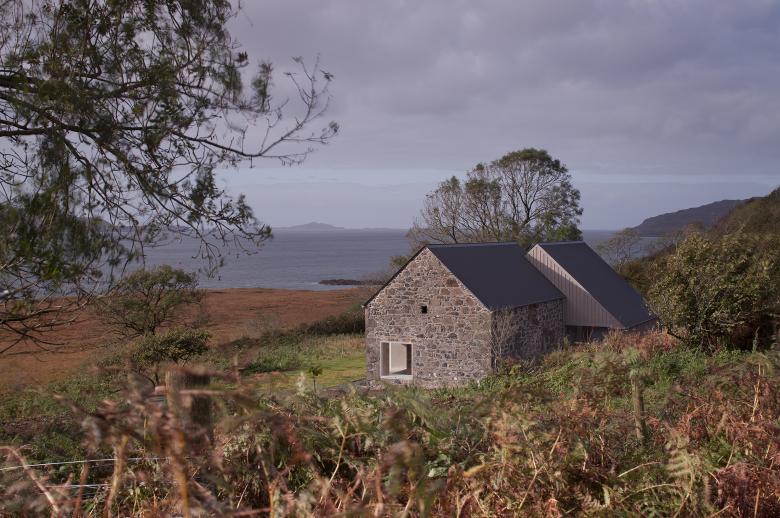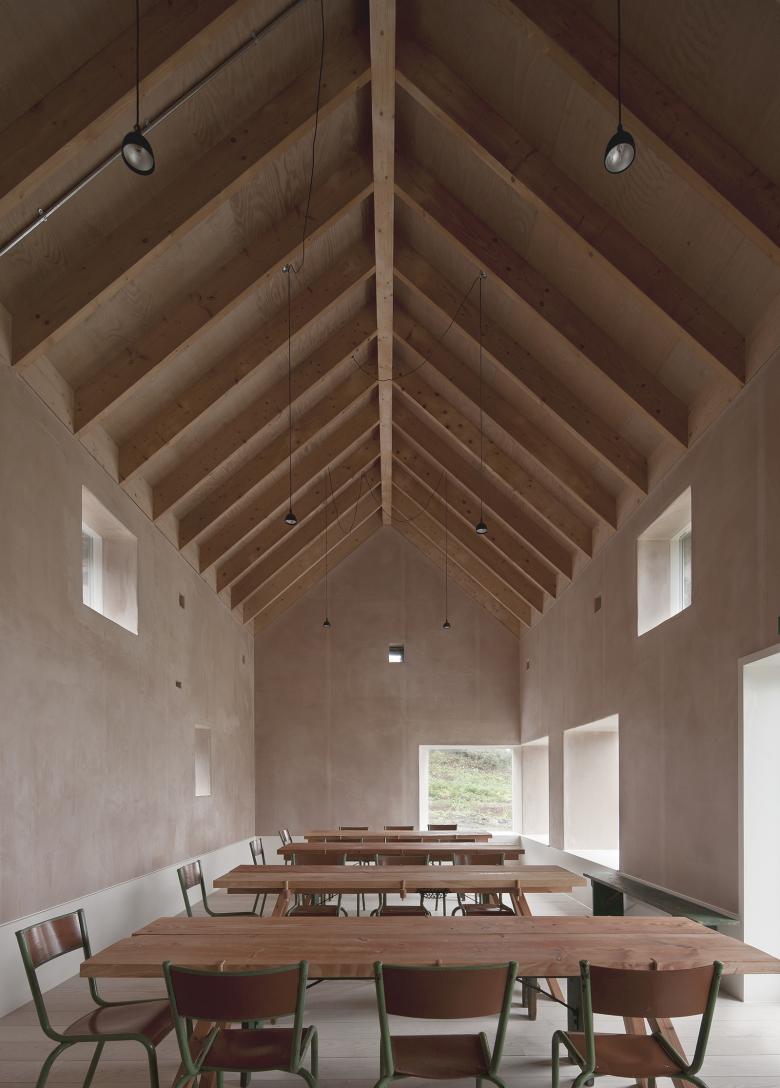Affordable Housing and Adaptive Reuse winners also announced
2024 RIBA Stirling Prize to Elizabeth Line
The Royal Institute of British Architects (RIBA) has announced the winner of the 28th RIBA Stirling Prize: The Elizabeth Line, a new transport network for London — “a monumental achievement” designed by Grimshaw, Maynard, Equation, and AtkinsRéalis.
The winner of the Stirling Prize was announced last night at a ceremony at London's Roundhouse, when winners of the Neave Brown Award for Housing and the Reinvention Award (see bottom) were also announced. The Elizabeth Line was shortlisted in July, alongside three other projects in London (Chowdhury Walk by Al-Jawad Pike, King’s Cross Masterplan by Allies and Morrison and Porphyrios Associates, and the National Portrait Gallery by Jamie Fobert Architects and Purcell) and two projects in other parts of England (Park Hill Phase 2, Sheffield by Mikhail Riches and Wraxall Yard, Dorset by Clementine Blakemore Architects).
The Elizabeth Line, named in honor of Queen Elizabeth II, is a massive project that runs from Reading and Heathrow to Essex and Southeast London. Ten new stations, each of them designed separately, accommodate 700,000 passengers every weekday and are linked by 62 miles of tracks and 26 miles of tunnels. The construction of the new underground line was understandably large and complex, involving the navigation of ancient underground footings and sewage systems and leading it to become Britain's largest-ever archaeological dig. Six million tons of earth were removed for the tunnels and stations, that earth moved to Essex to create a nature reserve.
Although the ten stations were designed by different architects and therefore have different expressions at street level, the underground platforms, as well as the escalators and corridors leading to them, were treated in a consistent manner system-wide. The latter aspect was handled by the architects at Grimshaw, the wayfinding designers at Maynard, the lighting designers at Equation, and the engineers at AtkinsRéalis. RIBA's announcement describes the Elizabeth Line as a quietly calm environment, in contrast to much of the old network, with a design defined by curvaceous, fluid lines and vaulted spaces, a muted palette of perforated cladding, sensitive lighting, and coherent wayfinding systems that create an intuitive, frictionless experience. The winning scheme, per RIBA, comprises platform architecture, passenger tunnels, escalators, station concourses, signage, furniture, fittings, finishes, and supporting technology.
“The Elizabeth Line is a triumph in architect-led collaboration, offering a flawless, efficient, beautifully choreographed solution to inner-city transport. It’s an uncluttered canvas that incorporates a slick suite of architectural components to create a consistent, line-wide identity — through which thousands of daily passengers navigate with ease. Descending into the colossal network of tunnels feels like entering a portal to the future, where the typical commuter chaos is transformed into an effortless experience. This is architecture of the digital age — a vast scheme that utilizes cutting-edge technology to create distinctive spatial characteristics and experiences. It rewrites the rules of accessible public transport, and sets a bold new standard for civic infrastructure, opening up the network and by extension, London, to everyone.”
- 2023: John Morden Centre by Mæ
- 2022: The New Library, Magdalene College by Níall McLaughlin Architects
- 2021: Town House for Kingston University London by Grafton Architects
- 2020: Canceled due to Covid-19
- 2019: Goldsmith Street by Mikhail Riches with Cathy Hawley
- 2018: Headquarters of Bloomberg, London by Foster + Partners
- 2017: Hastings Pier by dRMM
- 2016: Newport Street Gallery by Caruso St John
- 2015: Burntwood School by Allford Hall Monaghan Morris
- 2014: Everyman Theatre by Haworth Tompkins
Last night's ceremony also revealed the winners of the 2024 Neave Brown Award for Housing and the 2024 Reinvention Award; the shortlisted projects for these two awards were revealed just last month.
The winner of the first award, which is named for modernist architect and social housing pioneer Neave Brown (1929–2018) and recognizes the UK’s best new affordable housing, is Chowdhury Walk by Al-Jawad Pike.
“Chowdhury Walk is part of Hackney Council’s program to build new council homes on small sites, providing eleven two-story terraced houses on a former garage site. A new public mews provides both informal space to play and a well-used new public route. The homes feel uplifting upon entering, with the simple intuitive floor plan making efficient use of space while supporting the busyness of family life. Attention to detailing and quality of materials and finishes runs through every aspect of the project both internally and externally. Hackney Council’s aspirations and support are integral to the project, prioritizing architect-led design and construction quality for residents, as well as an ambitious approach to procurement.”
The winner of the 2024 Reinvention Award, which “recognizes buildings that have been creatively reused to improve their environmental, social, or economic sustainability,” is Croft 3 on the Isle of Mull, Scotland by fardaa.
“Croft 3 talks powerfully of the dramatic capacity for reinvention and reactivation at a small scale. Fardaa have brought to this project great skill and sensitivity, extending and transforming a ruin into a carefully detailed restaurant much loved by its local community on the Isle of Mull. The judges were delighted by the care and expertise evident in every aspect of this project. The relationship between the restored stone building and its new timber extension is finely judged, each bringing focus to the other, and a shared language of detail brings a deft coherence. Of its place both in its architecture and its use, it reminds us that architecture doesn’t need to operate on a large scale to be powerful.”
